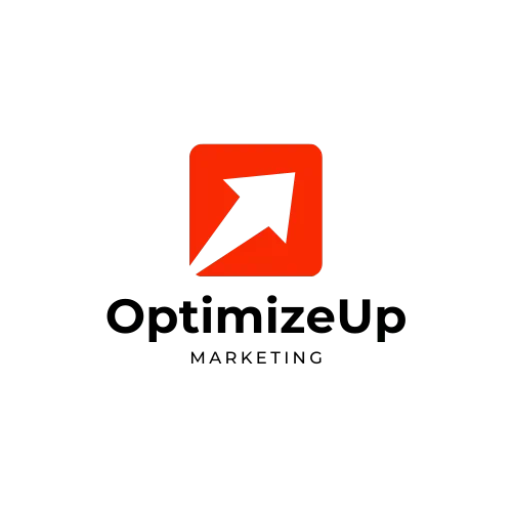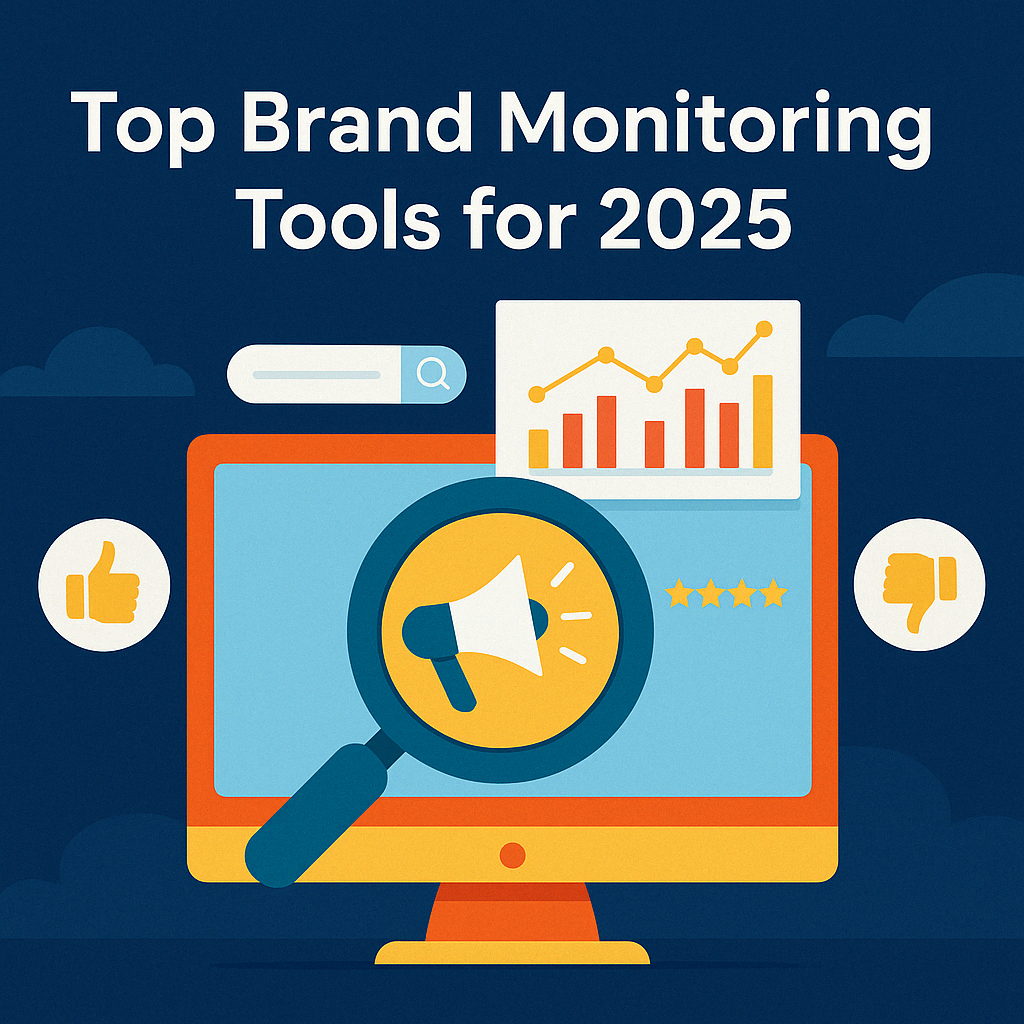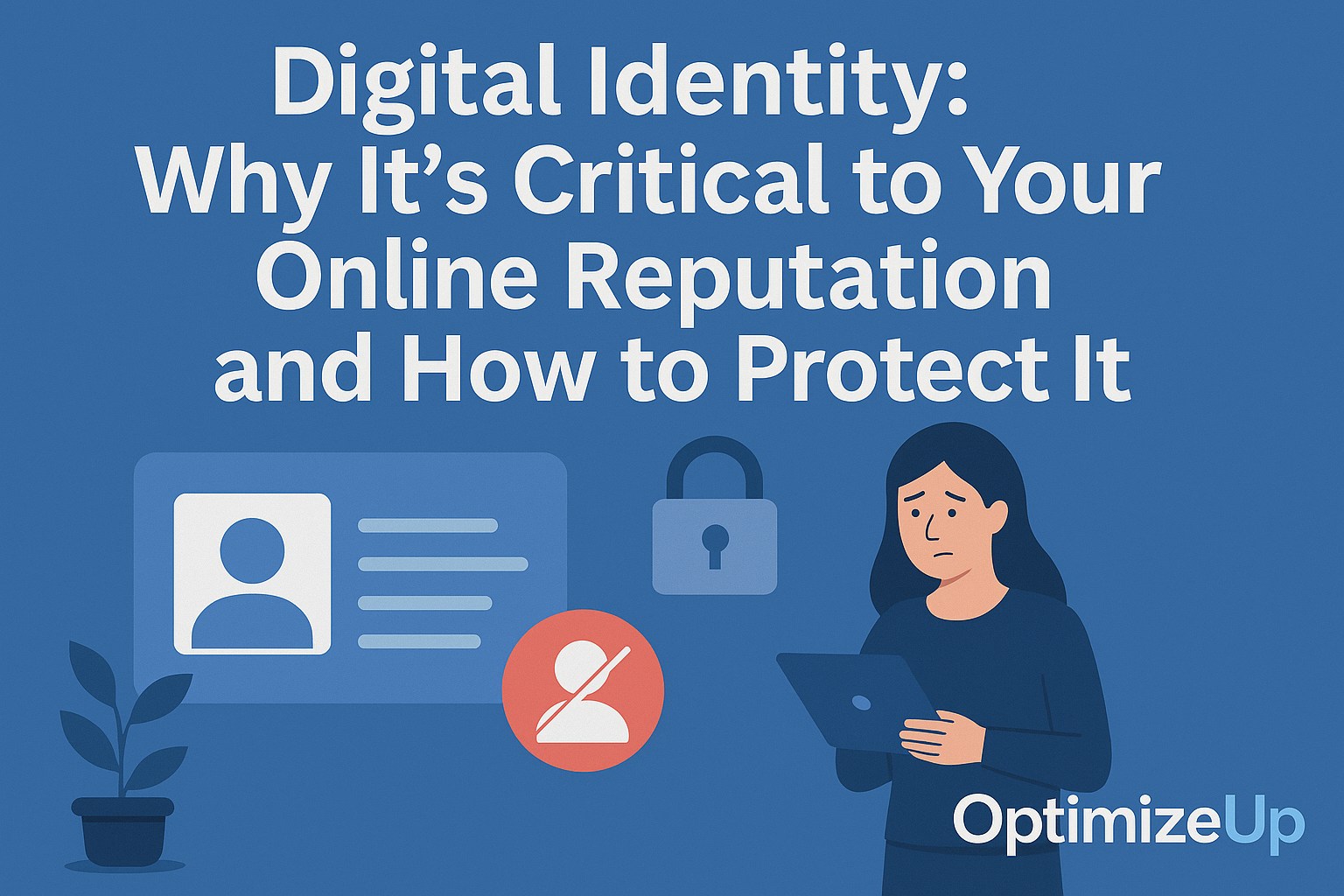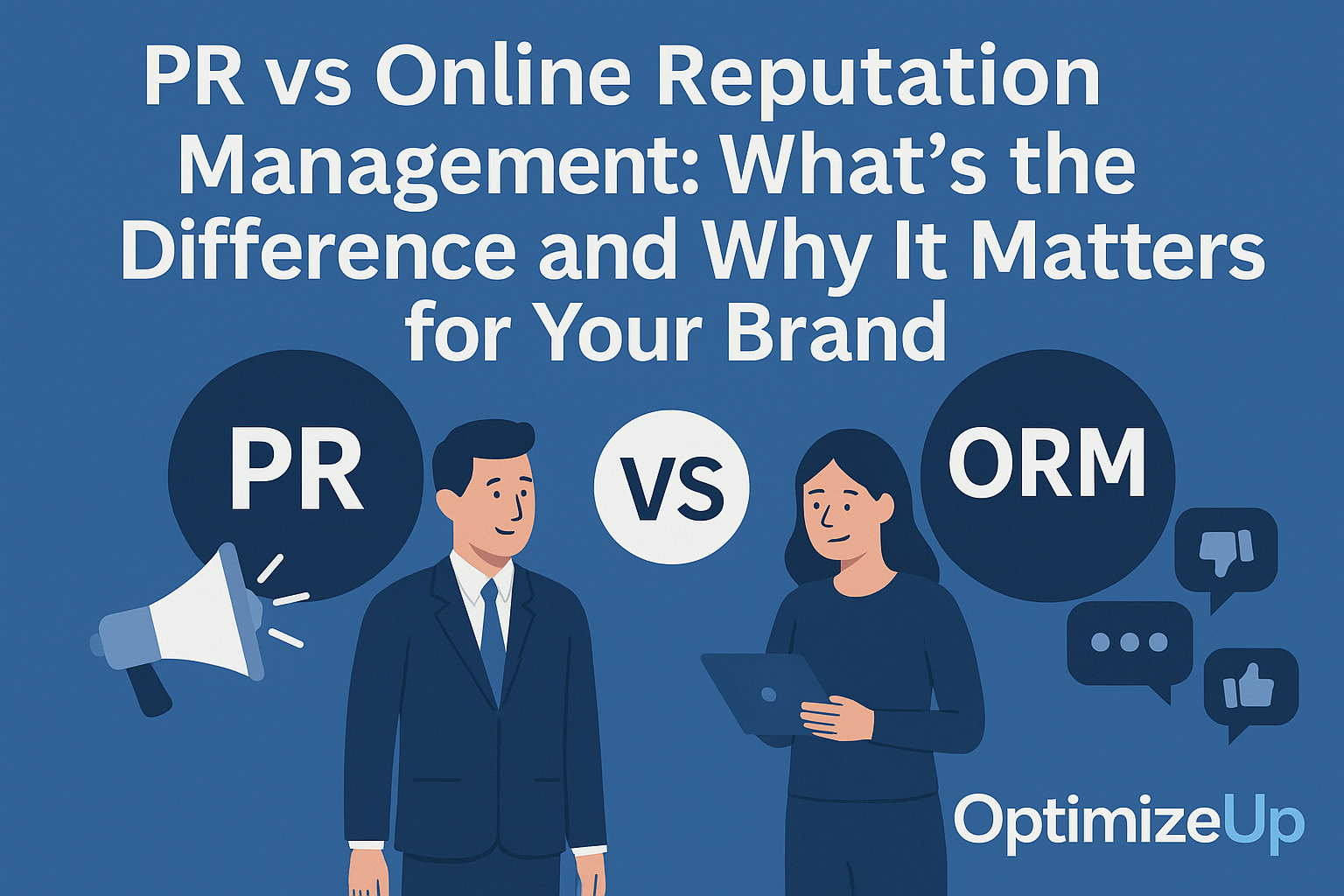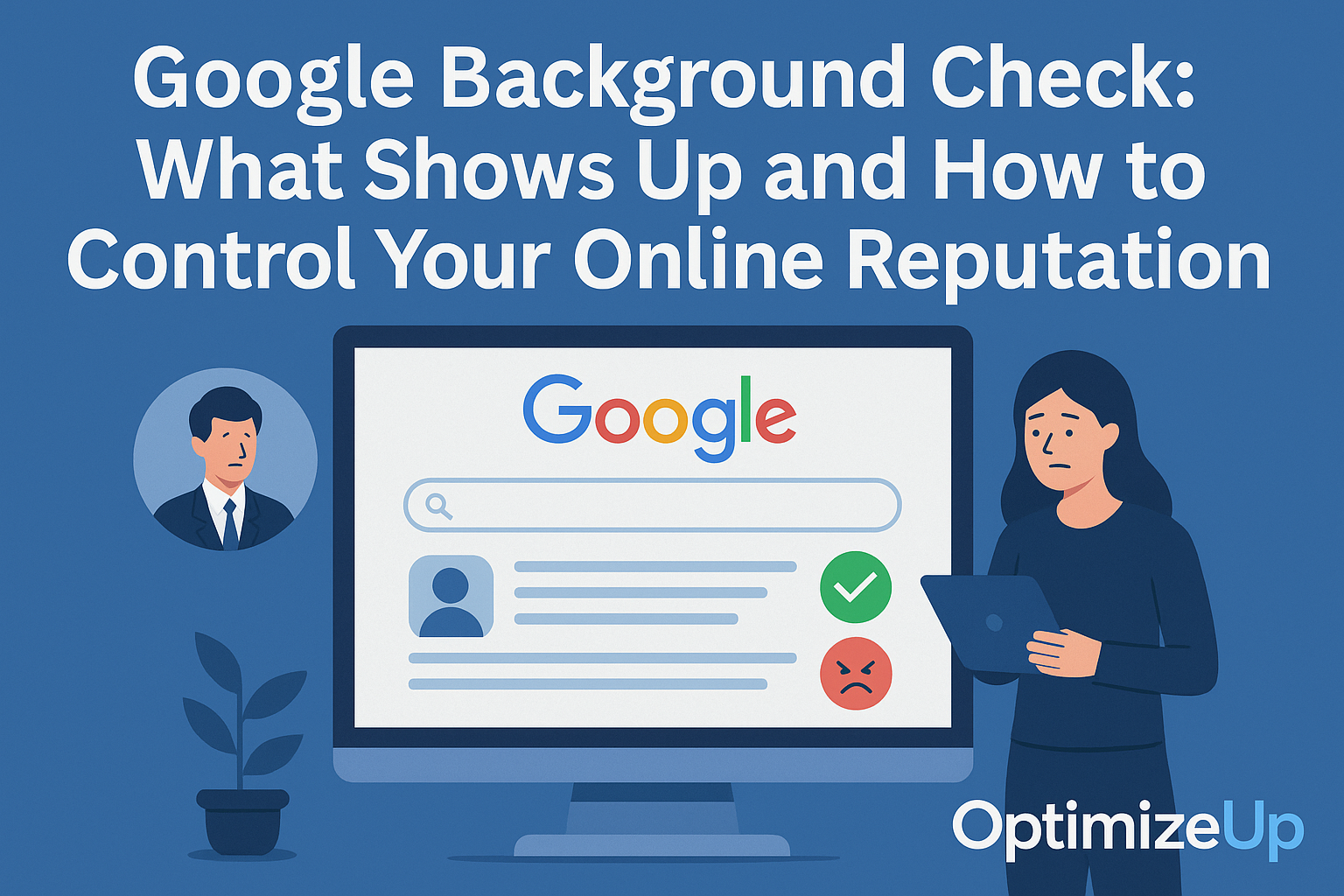Why Brand Monitoring Matters More Than Ever in 2025
In a world where opinions spread fast and perception shapes success, brand monitoring is essential. Whether it’s a customer review, a media mention, or a viral tweet, staying alert to what’s being said about your company can mean the difference between managing a crisis and being blindsided by one.
Benefits of brand monitoring tools:
- Real-time alerts about brand mentions
- Reputation trend tracking
- Sentiment analysis for customer insights
- Competitor comparison and industry benchmarking
- Influencer and journalist identification
- Early detection of PR crises
- Better alignment between marketing and customer experience
Timely, data-driven brand perception can fuel strategic decisions in content creation, customer service, and investor relations.
What to Look for in a Brand Monitoring Tool
Choosing the right tool depends on your brand’s goals, scale, and workflows. Key features to prioritize include:
Real-Time Monitoring
- Catch breaking news or viral conversations
- Set up alerts for product names, executives, and campaigns
- Monitor trends in sentiment or engagement patterns
Sentiment Analysis
- Understand whether mentions are positive, neutral, or negative
- Filter by tone and intent
- Identify patterns by demographics, channel, or time
Multi-Channel Listening
- Track mentions across news, blogs, forums, social media, and review sites
- Integrate with Reddit, YouTube, TikTok, LinkedIn, Amazon, and podcast transcriptions
- Identify conversations happening on niche platforms and competitor threads
Data Visualization and Reporting
- Use dashboards to summarize trends
- Export insights into team or stakeholder reports
- Generate white-label reports for client-facing teams
Custom Keyword and Boolean Tracking
- Set up complex queries with “AND/OR/NOT” logic
- Track competitor brands, product releases, hashtags, or crisis topics
- Combine sentiment filters with geographic or platform data
Real Use Cases of Brand Monitoring Tools
Crisis Management
Brand mentions can signal brewing crises. Monitor:
- Escalating negative mentions after a product recall
- Complaints trending across Yelp or Twitter
- Regional mentions during natural disasters or legal issues
Customer Experience Insights
Identify:
- What product features customers love or hate
- Frustration signals in support forums
- Praise in YouTube reviews and Reddit posts
Competitor Analysis
Track how your rivals are mentioned across media:
- Learn from their PR wins
- Monitor their influencer engagement
- Understand what differentiates them in the public eye
Influencer Marketing & PR Targeting
Use mention volume and engagement to:
- Spot rising influencers
- Track journalist coverage
- Identify ambassadors talking about your space
Campaign Impact Tracking
Evaluate how marketing campaigns resonate by:
- Volume of campaign-specific hashtag usage
- Brand mention spikes correlated with paid media runs
- Sentiment shifts before, during, and after major launches
How to Integrate Brand Monitoring Into Your Workflow
Set Clear Monitoring Goals
- Are you tracking sentiment?
- Competitor mentions?
- Crisis prevention?
- Executive reputation?
Create a Listening Dashboard
Use tools that integrate into Slack, Trello, Notion, or Asana for visibility.
Assign Alerts to Departments
- Sales: mentions about features or pricing objections
- Marketing: campaign-related buzz
- Support: complaints or questions
- Leadership: executive mentions or media scrutiny
Track Progress Monthly
- Volume of mentions
- Positive vs. negative sentiment
- Share of voice compared to competitors
- Emerging keywords or conversations
Bonus Tools to Extend Your Monitoring Stack
- BuzzSumo: Find trending content and track backlinks
- Sprout Social: Monitor social engagement and sentiment
- Hootsuite Insights: Streamlined brand tracking in social channels
- Reputology: Review monitoring for franchises and multi-location brands
- SEMrush Brand Monitoring Tool: Combine SEO visibility with mention tracking
- G2 and Trustpilot Widgets: Aggregate user-generated reviews for B2B and B2C feedback
Building a Brand Monitoring Playbook
Step 1: Set Up Keywords
Include brand names, product names, executives, and common misspellings.
Step 2: Choose Platforms to Monitor
Decide which sources to prioritize:
- Social (Twitter, TikTok, LinkedIn)
- News and blogs
- Review sites (Google, Yelp, Trustpilot)
- E-commerce (Amazon, Etsy)
Step 3: Determine Response Protocols
- Who handles which types of alerts?
- What’s the escalation path for high-risk mentions?
- Is there a script or guideline for responses?
Step 4: Report Insights Regularly
- Weekly summaries to stakeholders
- Monthly sentiment trends
- Campaign-specific insights
How Optimized Up Helps You Stay Ahead
At Optimized Up, we specialize in proactive brand monitoring and online reputation strategy. We don’t just install tools—we configure them, interpret insights, and implement protection plans.
Our services include:
- Custom monitoring dashboards
- Competitor and sentiment reporting
- Review response playbooks
- Crisis alerting systems
- Influencer and media engagement analysis
- Executive reputation audits
- AI-assisted sentiment classification
Request a brand audit from Optimize Up to find the right monitoring stack and keep your brand reputation safe.
FAQ: Brand Monitoring Tools
It’s software that tracks where and how your brand is mentioned online—from news articles and forums to social media and blogs.
Yes—especially if your business relies on trust, reviews, or word-of-mouth. They can prevent reputation damage and uncover customer insights.
Google Alerts is a good starting point. Brand24 or Mention offer more robust features.
Absolutely. Most tools allow you to monitor competitors by setting up keywords with their brand names.
Social listening focuses on social media insights, while brand monitoring includes all web mentions across platforms.
Yes. Tools like SEMrush’s Brand Monitoring Tool help you track brand mentions for link building opportunities and domain authority growth.
Yes. Executive reputation often reflects directly on brand trust. Monitoring C-level names helps in managing both PR risks and investor confidence.
MLA Citations:
Brandwatch. “Social Media Listening and Analytics Platform.” Brandwatch, https://www.brandwatch.com/
Talkwalker. “Consumer Intelligence Platform for Global Brands.” Talkwalker, https://www.talkwalker.com/
Mention. “Brand Monitoring and Social Listening Tool.” Mention, https://mention.com/en/
Brand24. “Real-Time Brand Monitoring for Businesses.” Brand24, https://brand24.com/
Meltwater. “Media Intelligence for the World’s Top Brands.” Meltwater, https://www.meltwater.com/
Awario. “Track Your Brand Mentions Online.” Awario, https://awario.com/
Google Alerts. “Set Up Brand Alerts for Free.” Google, https://www.google.com/alerts
Sprout Social. “Social Media Management and Monitoring.” Sprout Social, https://sproutsocial.com/
BuzzSumo. “Discover Content That Performs.” BuzzSumo, https://buzzsumo.com/
SEMrush. “Brand Monitoring Tool.” Semrush, https://www.semrush.com/tools/brand-monitoring/
